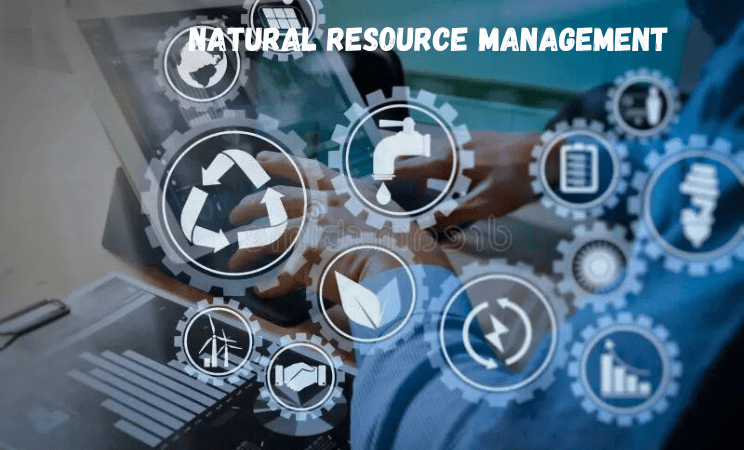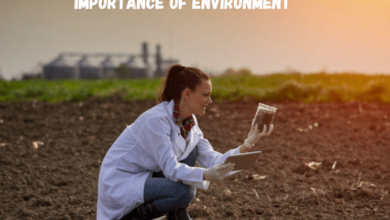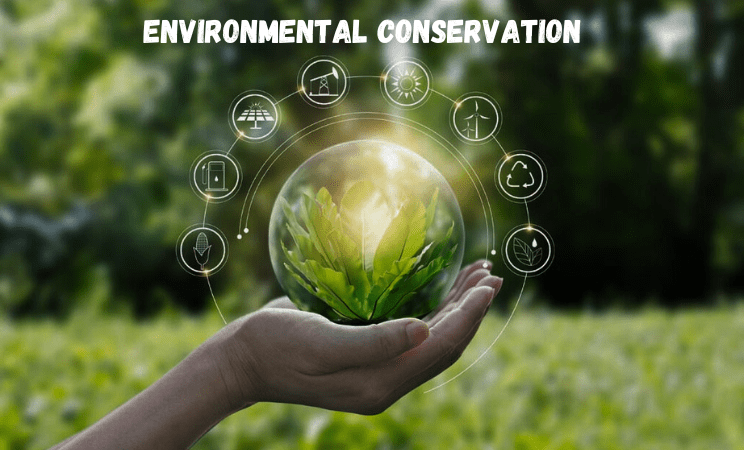Natural Resource Management: Balancing Sustainability

Natural resource management is a complex and dynamic field that plays a crucial role in ensuring the sustainable use of Earth’s finite resources. In a world facing increasing environmental challenges and a growing global population.
The need for effective and innovative natural resource management has never been more critical. This article delves into the intricacies of balancing sustainability in natural resource management, exploring the key principles, challenges, and innovative solutions that can guide us toward a more sustainable future.
The Significance of Natural Resource Management
Natural resource management holds immense significance in our modern world. It encompasses the sustainable use and preservation of Earth’s finite resources, including water, land, forests, minerals, and biodiversity. Effective natural resource management is crucial for maintaining ecological balance, ensuring the well-being of current and future generations, and mitigating the adverse effects of climate change. It promotes responsible practices in agriculture, forestry, fisheries, and energy production, helping to reduce habitat destruction, pollution, and resource depletion. Additionally, it plays a pivotal role in conserving biodiversity, protecting endangered species, and maintaining ecosystem services that support human life. Natural resource management serves as the foundation for a sustainable and resilient future, emphasizing the necessity of balancing resource utilization with environmental stewardship.
The Challenge of Resource Depletion
One of the most pressing challenges in natural resource management is the looming threat of resource depletion. Whether it’s the overharvesting of fisheries, deforestation, or the depletion of fossil fuels, our planet’s finite resources are being exhausted at an alarming rate. This has profound ecological and economic consequences, leading to habitat loss, declining biodiversity, and geopolitical conflicts over scarce resources.
Overcoming this challenge requires a paradigm shift in the way we think about resource management. Traditional approaches often focus on short-term gains, but we must transition to more holistic, long-term strategies that prioritize the health of ecosystems and the well-being of future generations.
The Importance of Sustainable Practices
Sustainability is the key to ensuring that we do not exhaust our natural resources. It involves managing resources in a way that meets current needs without compromising the ability of future generations to meet their own needs. Sustainable practices can take many forms, from responsible forestry and agriculture to energy conservation and recycling.
One exemplary approach to sustainability is the concept of the circular economy. In a circular economy, resources are used efficiently, waste is minimized, and products are designed to be reused or recycled. By shifting from a linear, “take-make-dispose” model to a circular one, we can dramatically reduce the environmental impact of our resource use.
Innovation and Technology
In our quest for sustainability, innovation, and technology play a vital role. Breakthroughs in fields like biotechnology, nanotechnology, and artificial intelligence offer new ways to manage resources more efficiently and reduce waste. For example, precision agriculture uses data and technology to optimize crop production, reducing resource use and environmental impact.
Moreover, the concept of the Internet of Things (IoT) enables the monitoring and control of resource consumption in real-time, offering valuable insights for better management. Smart grids, for instance, help balance energy supply and demand, reducing energy waste.
The Role of Policy and International Cooperation
Effective resource management requires robust policies and international cooperation. Governments must enact and enforce laws that promote sustainable practices and discourage resource depletion. The Paris Agreement, which aims to combat climate change, is an example of international collaboration in the face of a global challenge. Such agreements set the stage for sustainable resource management on a global scale.
Additionally, economic incentives like carbon pricing, subsidies for renewable energy, and conservation programs can encourage businesses and individuals to adopt more sustainable practices.
The Human Element
Sustainable resource management is not just a matter of policies, technologies, and economic incentives. It also relies on individual and collective behavior. As consumers, we have the power to influence markets and industries. By choosing sustainable products, reducing waste, and supporting environmentally responsible companies, we can drive positive change.
Education and awareness are essential components in promoting sustainable practices. People must understand the consequences of their actions and make informed choices that benefit the planet.
Balancing Economic Growth and Sustainability
Some argue that pursuing sustainability might hinder economic growth. However, evidence suggests that the opposite is true. Sustainable practices can drive innovation, create jobs, and reduce long-term costs. Moreover, they can help address social and environmental challenges, such as poverty and climate change.
The balance between economic growth and sustainability can be achieved through responsible entrepreneurship, green finance, and investment in renewable technologies. The transition to a green economy can be a win-win for both the planet and the economy.
Green Finance and Sustainable Investments
Green finance and sustainable investments are pivotal tools in the global shift toward a more environmentally responsible and economically resilient future, Green finance refers to financial products and services that support sustainable and environmentally friendly initiatives. It includes green bonds, renewable energy financing, and investments in projects that reduce carbon emissions. On the flip side, sustainable investments entail channeling funds into enterprises and initiatives that prioritize environmental, social, and governance (ESG) considerations. As a result, these investments not only mitigate environmental consequences but also demonstrate a commitment to ethical and socially responsible principles. The synergy between green finance and sustainable investments fosters a greener economy, bolsters innovation, and addresses critical challenges like climate change. This transformation accelerates the transition to a more sustainable, prosperous, and equitable world.
Conclusion
The imperative of balancing sustainability in natural resource management is not just an option; it’s a moral obligation to safeguard the planet’s health and secure a prosperous future for all. Despite the daunting challenges of resource depletion and environmental degradation.
We have examined how sustainable practices, innovative technologies, and proactive policy measures can lead us towards, A harmonious coexistence with the natural world. The path forward involves individual and collective responsibility, fostering a circular economy, and embracing green growth.
FAQs
What is sustainable agriculture?
Sustainable agriculture promotes eco-friendly farming practices that protect soil, water, and biodiversity.
How does renewable energy work?
Renewable energy harnesses natural resources like wind and sun to generate clean electricity.
What is the circular economy?
The circular economy minimizes waste by reusing, recycling, and reducing resource consumption.




